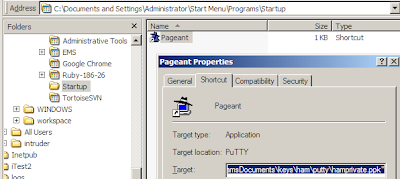I'll tell you what it's worth ... to a web developer struggling to communicate with a quality assurance engineer, it's ten or so e-mails, a hundred lines of instant messages and a couple of VOIP sessions.
Enter the Jing Project.
Jing is a free desktop application that allows you to create a screen shot or video of your desktop or a portion of your desktop. Dave was the one who recommended it a couple of years back and it's really been helpful as a tool to communicate with QA and even with clients.
So what do I like about Jing ....
- It's relatively easy and straightforward to use. No complex settings and options.
- You can capture your entire desktop or just a portion of your desktop
- The option to easily upload to screencast.com or to an FTP server
- Captures sound as well so you can narrate and talk while creating your screencast
